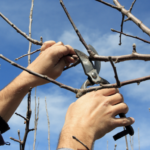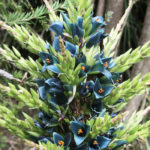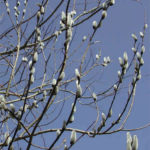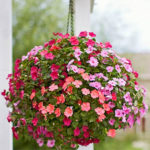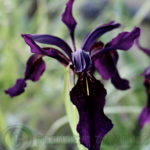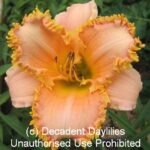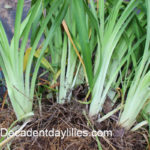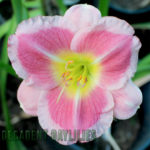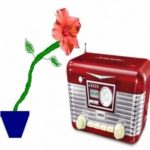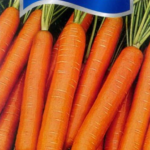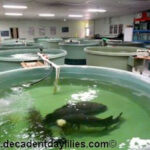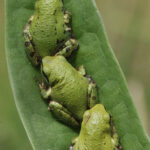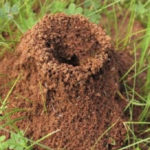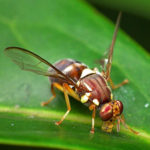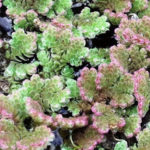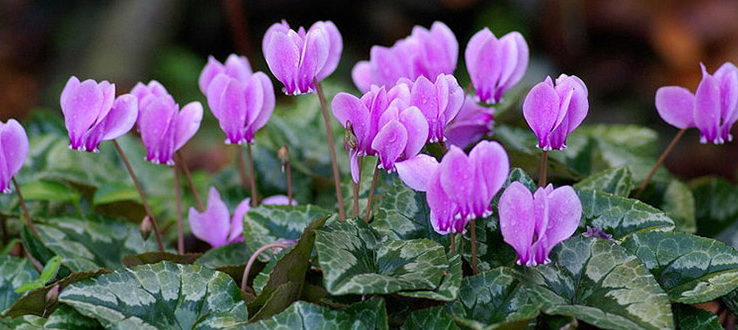
Cyclamen Plants Interior home décor
Cyclamen Flowering Plants for Interior Decoration
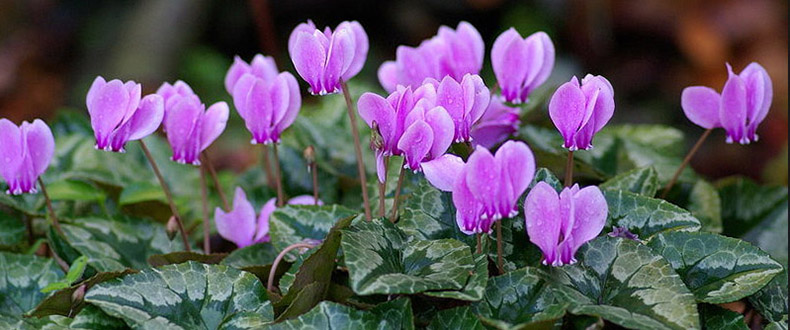 Cyclamen Learn about potted cyclamen flowers as houseplants and which cyclamen varieties to grow in the garden. Cyclamens are a long flowering hardy group of plants, displaying unique foliage and bright dainty flowers. They are known as Mediterranean houseplants with attractive basil foliage, which grow and bloom in cool conditions. They come into growth in autumn and flower in winter and spring and will go dormant during the summer months. They are compact scented flowers generated on elongated stems that stand erect above the clump of fancy leaves. The flowers come in an array of colours from white to rose pink and even red some are two toned. These plants can be also grown in protected areas outdoors such as a balcony or a verandah under trees as long as they are out of the hot sun. They can handle cold temperatures outside, in fact, putting them outside in the night air will refresh and perk them up to give you, another wonderful cyclamen display indoors the following day. It’s the cool temperatures that set going the flower buds. While constant high temperatures retard the flower buds. This is when the cyclamens will stop flowering, lose their leaves and prevent the plant from growing well.
Cyclamen Learn about potted cyclamen flowers as houseplants and which cyclamen varieties to grow in the garden. Cyclamens are a long flowering hardy group of plants, displaying unique foliage and bright dainty flowers. They are known as Mediterranean houseplants with attractive basil foliage, which grow and bloom in cool conditions. They come into growth in autumn and flower in winter and spring and will go dormant during the summer months. They are compact scented flowers generated on elongated stems that stand erect above the clump of fancy leaves. The flowers come in an array of colours from white to rose pink and even red some are two toned. These plants can be also grown in protected areas outdoors such as a balcony or a verandah under trees as long as they are out of the hot sun. They can handle cold temperatures outside, in fact, putting them outside in the night air will refresh and perk them up to give you, another wonderful cyclamen display indoors the following day. It’s the cool temperatures that set going the flower buds. While constant high temperatures retard the flower buds. This is when the cyclamens will stop flowering, lose their leaves and prevent the plant from growing well.
How to Get My Cyclamens to Flower Again?
- How to Plant a Cyclamen Corm?– always plant cyclamen corms 1 inch below the soil. When you see the new growth starting to shoot and re-grow soak the pot at ground level immediately when the new foliage starts to appear. Make sure the water drains out from the pot well. Water adequately with cold water but do not leave the saucer of water sitting under the pot permanently otherwise this will introduce fungal rot and kill the plant.
- Cyclamens bloom for a long time providing you give them the right essential conditions and the best care, which they need to thrive. The plant will benefit from a feed of half strength liquid fertiliser like maxicrop. The fertiliser can be given often during the growing season this will help keep the plants flowering.
- Cyclamens make excellent house plants– A well-lit west facing window indoors is a perfect place to sit the plant, away from the hot sun that could filter through the window to inside.
- Deadheading the flowers when they fade. Never cut off the flowers at the base of the plant instead push the stems down at the same time gently twist the stems off.
Cyclamen Care How to Take Care of Cyclamens
As the weather warms up the flowers will get less and less after this time the bulb will start to rest and this is when you stop watering the plant. Do not pull away the foliage as it starts to yellow instead keep the water up sparingly. The plant will take up the necessary energy from the yellow dying leaves, only take away the leaves and stop watering when the leaves are completely dry.
- Where to store your Cyclamen corms– A good storage place for cyclamens is outside during summer by laying the pot on its side in the shade under a tree while it is not actively growing during dormancy. Do not water corms when dormant otherwise the corms may rot. While dormant this is a good time to repot cyclamen corms into a larger pot containing a good quality potting mix.
Diseases of Cyclamen
These diseases happen when the plant is actively growing
- Bacterial soft rot- is caused by bacteria in the soil that cannot be cured. The symptoms become obvious when the leaves wilt and go yellow turning the plant to rot and die very quickly.
- Botrytis is a fungus that attacks the plant in humid conditions. It is a common disease causing a fuzzy growth of grey mould. Botrytis will appear when you water your cyclamen plant too much. It infects the crowns to the developing flowers.
- Leaf Spot on Cyclamens looks the same as black spot on roses described as yellow shading to brown with a black or near black spot in the centre.
Pests of Cyclamens
Some of the most enemies of Cyclamen flowers include cyclamen mites, slugs and snails.
- Cyclamen mites– are microscopic mites that are so hard to see with the naked eye. They also attack African Violets, these pests are just like aphids. They are sap sucking pests as they attack and target the new developing shoots and flower buds. The best symptoms for cyclamen mites are distorted or puckering growth of the leaves. They live and breed in high humidity temperatures.
Varieties of Cyclamen
Cyclamen Persicum- the common variety grown commercially seen and sold in nurseries known as the (florist cyclamen) is the variety normally grown in pots indoors.
Cyclamen Coum- (Persian violet) is a tough hardy plant that naturalises in the garden grows in well drained soil under trees where they receive dappled shade.
Cyclamen Hederifolium– a miniature (cyclamen hederifolium) blooms early winter, hardy variety grows and multiplies under deciduous shady trees in the garden, and grows in areas that support both hot and cold conditions.
How to Grow Cyclamen Seed
It is best to sow the seed in the winter. To sow the seed these seeds need total darkness and temperature kept near 15 C. Soak the seeds overnight then plant them in a pot with gritty sand and cover the fine seeds lightly. The seeds can take between 1 month to 12 months to produce shoots. The pots are best put into a shade house while the seeds germinate. Hardy cyclamens will self seed once they are established and acclimatised to their own environment. Once the seed capsules split the exposing seeds can openly spread to, close by crevices between rocks and can cover large areas of ground to start growing again.
Cyclamens are not tropical plants but cool season plants so keep them cool and they will bloom well. If they get too hot from indoor heaters this will make them lose their leaves and go dormant. Remember not to over water cyclamens and don’t let the water touch the leaves.


